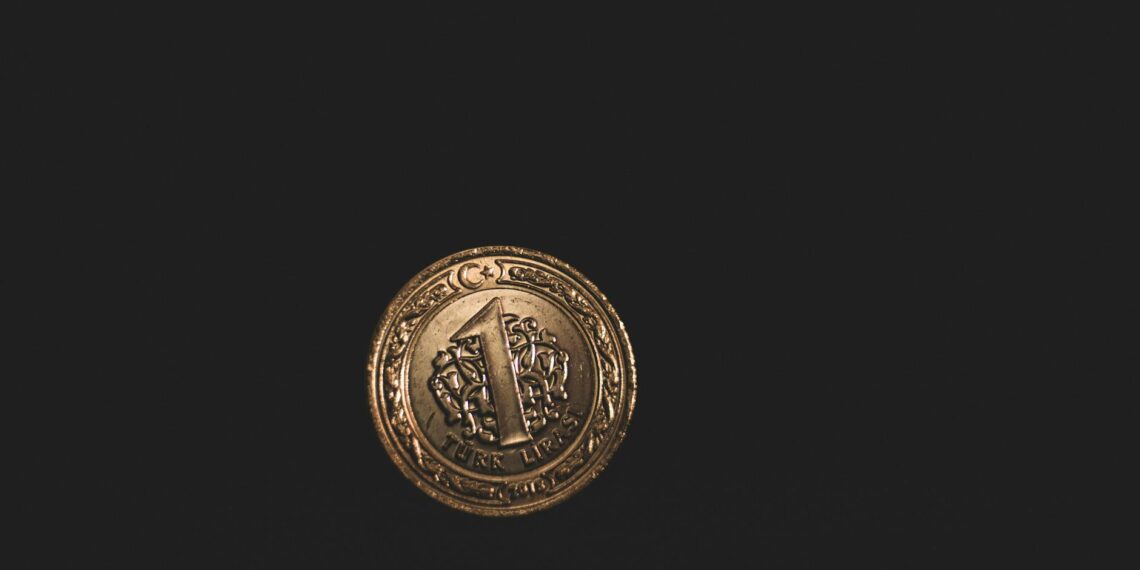During the reign of Augustus (27 BCE – 14 CE), Roman coinage underwent significant developments and played a vital role in showcasing imperial power and propaganda.
Here’s a breakdown of coins from Augustus’ era:
- Aureus: The top denomination, a gold coin weighing nearly 8 grams and made of pure gold. It was worth 25 denarii.
- Denarius: The main silver coin, weighing about 3.79 grams, [according to Wikiwand] . It was valued at 16 asses.
- Quinarius: Half-denominations, both gold and silver, were issued intermittently.
- Sestertius: A brass coin, it became the unit of account for large sums.
- Dupondius: Another brass coin, worth 2 asses.
- As: A copper coin, the most common base metal coin.
- Semis: A copper coin, half the value of an as.
- Quadrans: The smallest copper denomination, a quarter of an as.
Augustus’ coins often featured his youthful portrait, establishing a consistent practice for future Roman emperors. Other common themes and symbols include:
- Capricorn: Augustus’ astrological sign, potentially representing the astrological sign of his conception.
- Pax (Peace): Symbolized by a cornucopia and an olive branch, associating Augustus with prosperity and a return to agriculture after years of civil war.
- Victory: Frequently depicted on reverses to commemorate Augustus’ military successes, most notably his victory over Mark Antony at the Battle of Actium.
- Bull: A symbol connected to Julius Caesar and Venus, reinforcing Augustus’ divine lineage and associating him with strength, leadership, and victory.
- Religious implements: Such as a simpulum (ladle for sacrifices) and a lituus (cult instrument), promoting Augustus’ piety and connection to traditional Roman religion.
- Family members: Coins featuring Augustus’ grandchildren, Gaius and Lucius, promoted their future political and military careers.
- Augustus established mints in the provinces he controlled, producing gold and silver coins.
- The largest imperial mint was in Lugdunum (modern Lyon), strategically located near sources of precious metals and military frontiers.
- The Rome mint initially struck only base metal coins, with gold and silver production handled elsewhere, primarily Lugdunum.
- Coinage served as a powerful tool for propaganda, disseminating the emperor’s image, accomplishments, and political messages throughout the Empire.
- Denarius minted in 18 BCE (Colonia Patricia): Features Augustus’ youthful portrait on the obverse and a Capricorn on the reverse.
- Aureus minted around the Battle of Actium: Shows Augustus in military dress on the reverse and a bust of Pax on the obverse.
- Denarius minted in 13 BCE (Rome): Features the bare head of Augustus on the obverse and depicts Augustus’ shield of virtues on the reverse.
- Denarius minted between 19 and 18 BC: Features Augustus wearing an oak wreath on the obverse and a comet associated with Julius Caesar on the reverse.
In essence, Augustus’ coinage was more than just a means of exchange; it was a carefully crafted system designed to legitimize his rule, promote his ideology, and create a lasting image of his power and authority across the Roman Empire.









What coins depict Augustus?
I can help with that. Denarius of Augustus. This silver coin (denarius) of Augustus (27 BC – 14 AD) and Agrippa depicts the heads of Julius Caesar and Augustus facing. The denarius was a small silver coin and the principal silver coin issued in the ancient Roman currency system from the late 3rd century BC until the early 3rd century AD.